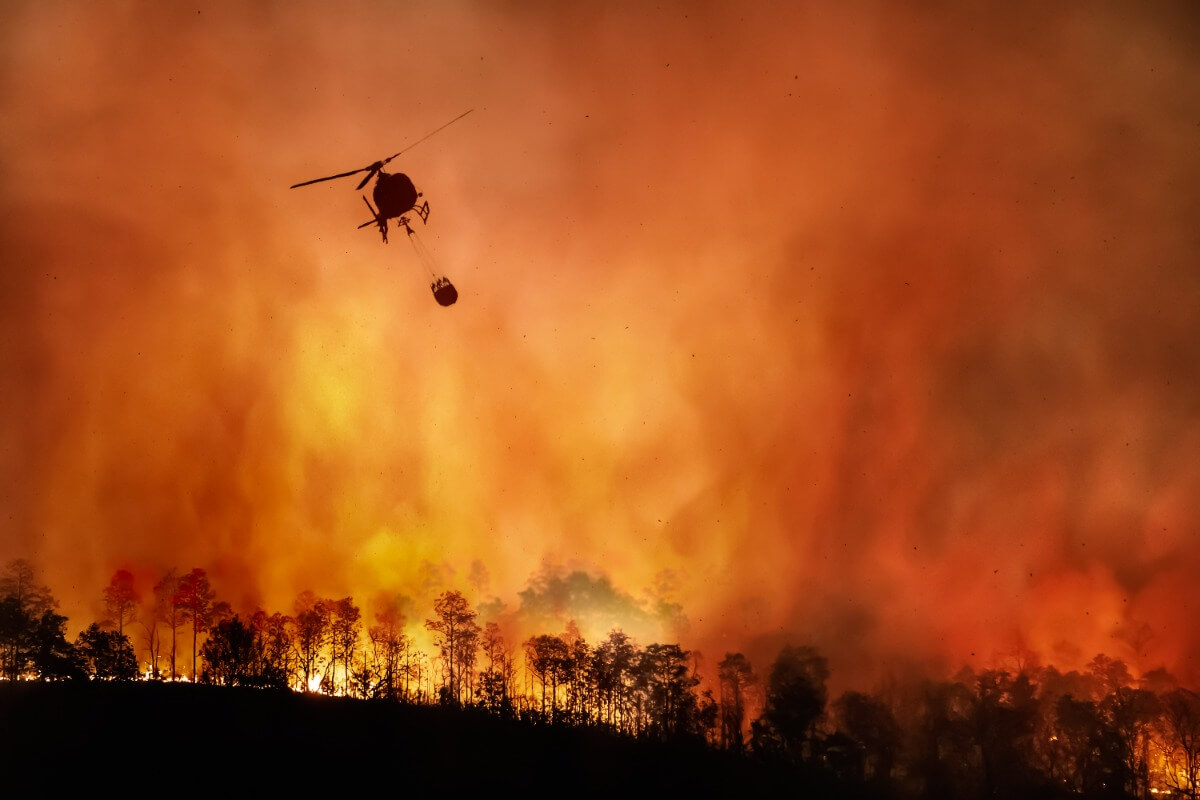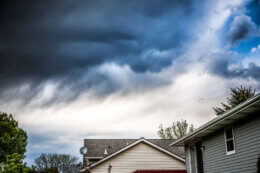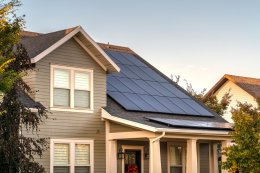
From hail and thunderstorms to hot, dry weeks on end without rain, Australians are used to extreme weather during the summer months. Yet, with weather experts warning that we could be in for one of the hottest summers on record, new Compare the Market’s research reveals that as many as two in five Australians (41.4%) are not preparing for potential bushfire threats.*
The research also revealed that the most common way people were preparing for potential threats was to tidy up the vegetation around the home (30.3%), clean up any flammable items lying around such mulch (24.2%) and ensuring their home insurance covers damage by bushfires (23.1%).
| El Nino and bushfire preparedness plan | % of people |
| Tidying up vegetation around the home (mowing lawns, trimming trees, removing dead leaves, etc.) | 30.3% |
| Cleaning surrounding areas of flammable items (woodpiles, mulch, etc.) | 24.2% |
| Ensuring home insurance covers bushfires/damage caused by fire | 23.1% |
| Organising an emergency/first aid kit | 18.9% |
| Ensuring car insurance is up-to-date to cover fires | 18.4% |
| Organising a contingency plan | 17.4% |
| Organising a bushfire survival plan | 17.2% |
| Preparing emergency bags for clothes and personal items if we need to evacuate | 14.3% |
| Have no plans | 41.4% |
Breaking down the responses by state level, the survey found that Queenslanders were the most likely to have at least some sort of plan in place (68.1%). South Australians weren’t too far behind, with only 33.8% stating that they had no plans to prepare ahead of any potential bushfires.
However, over half of Western Australians (54.8%) stated that they don’t have any preparations planned ahead of this scorching summer. This is despite the Western Australia Department of Fire and Emergency Services stating that almost all of Western Australia is bushfire-prone.
| El Nino and bushfire preparedness plan | NSW | VIC | QLD | SA | WA |
| Ensuring home insurance covers bushfires/damage caused by fire | 23.3% | 18.8% | 27.5% | 21.6% | 20.2% |
| Ensuring car insurance is up-to-date to cover fires | 17.6% | 16.9% | 22.1% | 21.6% | 11.5% |
| Organising a contingency plan | 19.2% | 15.7% | 19.1% | 17.6% | 17.3% |
| Organising a bushfire survival plan | 17.0% | 15.3% | 19.1% | 21.6% | 12.5% |
| Organising an emergency/first aid kit | 20.8% | 12.6% | 26.5% | 14.9% | 17.3% |
| Preparing emergency bags for clothes and personal items if we need to evacuate | 16.4% | 13.8% | 12.3% | 13.5% | 14.4% |
| Tidying up vegetation around the home (mowing lawns, trimming trees, removing dead leaves, etc.) | 26.4% | 24.9% | 45.6% | 25.7% | 24.0% |
| Cleaning surrounding areas of flammable items (woodpiles, mulch, etc.) | 23.0% | 21.5% | 31.4% | 21.6% | 17.3% |
| I don’t have any plans | 40.6% | 47.1% | 31.9% | 33.8% | 54.8% |
Compare the Market’s General Manager for General Insurance, Adrian Taylor, said that more people should be preparing for the bushfire season regardless of whether they are in the city or in the suburbs.
“Frankly, it very concerning to see so many people not planning ahead and taking as many precautions as possible ahead of the coming summer,” Mr Taylor said. “We all remember the Black Summer of 2019 and 2020, and experts are saying similar trends in the climate are more than likely this time round.
“Even doing some small jobs around the place, like cleaning out the gutters or preparing a contingency plan if you live in the city, plays a part in being prepared ahead of what many experts expect to be a brutally dry summer.
“And while people living in the cities may not be directly affected, if bushfires reach power stations, there may be a chance that a whole energy grid in the city can go down, with no deadline on when power will or can come back on.
“For people living in the suburbs or further out, there’s always a bit more responsibility for ensuring that their home and surrounding area is kept clean and tidy. This way, stray embers can’t light up something flammable around the house. Many people forget that embers could travel up to 40km away from the bushfire and still start a spot fire without any warning, so it’s important to be alert and prepared even if you are a bit further away from the bushfire frontline.”
Mr Taylor stressed the importance of updating home and contents policies regularly to reflect the true cost of repairing or rebuilding a destroyed home.
“For people who have home insurance, fire insurance is automatically covered in their policies and it can help to cover the financial cost associated with fire damages to the home’s structure. So in the case you need to repair or rebuild a fire-ravaged property, home insurance will be there to help you receive a pay you out which may be up to the sum insured you have on your policy,” Mr Taylor said.
“Standard contents insurance can provide cover for personal items or belongings that are destroyed or damaged. It can be bundled together with home insurance and usually also covers fire damages, which can cover the cost of repairs or replacement of possessions up to the sum insured.
“So if people haven’t re-evaluated how much it would cost to rebuild the home in the past year or so, it could be time to do so and perhaps also compare other policy options available so they’re paying the smallest amount possible.
“The home and contents insurance space has changed so much in the past few years, so it’s worth looking around to see if there’s a better-suited policy out there for you.”
*Compare the Market surveyed 1,005 Australians aged 18 and over in October 2023
-ENDS-
For interviews and more information, please contact:
Noémi Hadnagy | m: 0433 377 252 | e: [email protected]
Compare the Market is a comparison service that takes the hard work out of shopping around. We make it Simples for Australians to quickly and easily compare and buy insurance, energy, and home loans products from a range of providers. Our easy-to-use comparison tool helps you look for a range of products that may suit your needs and benefit your back pocket.








